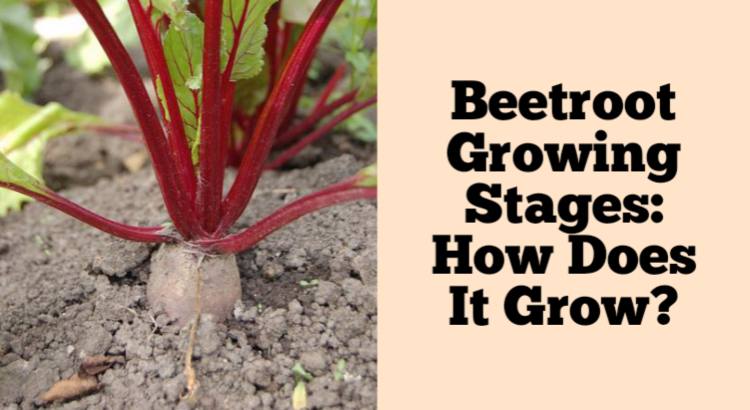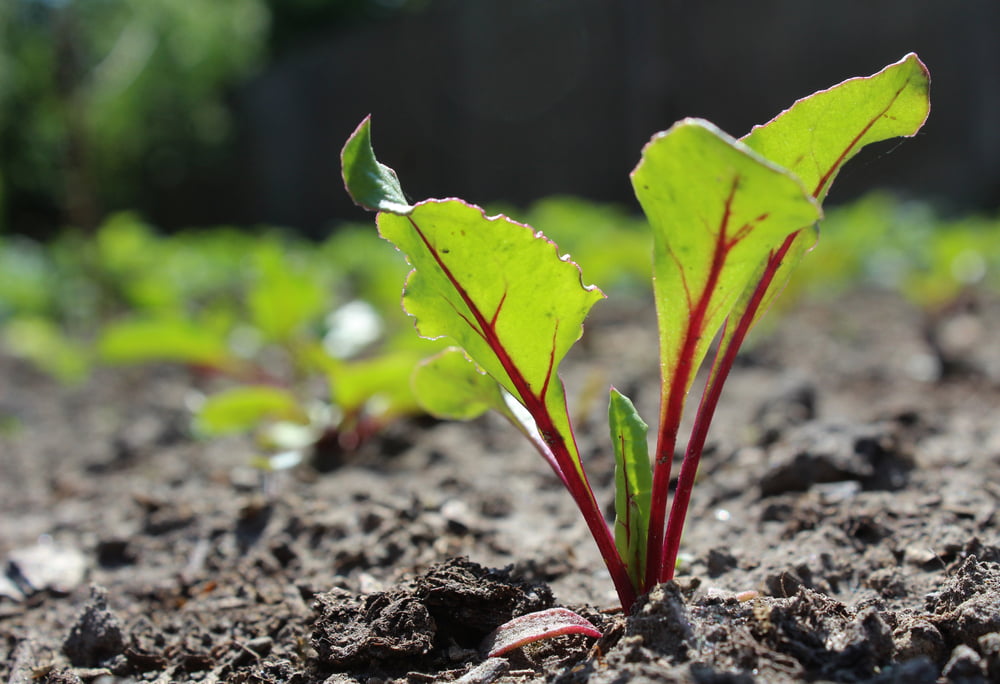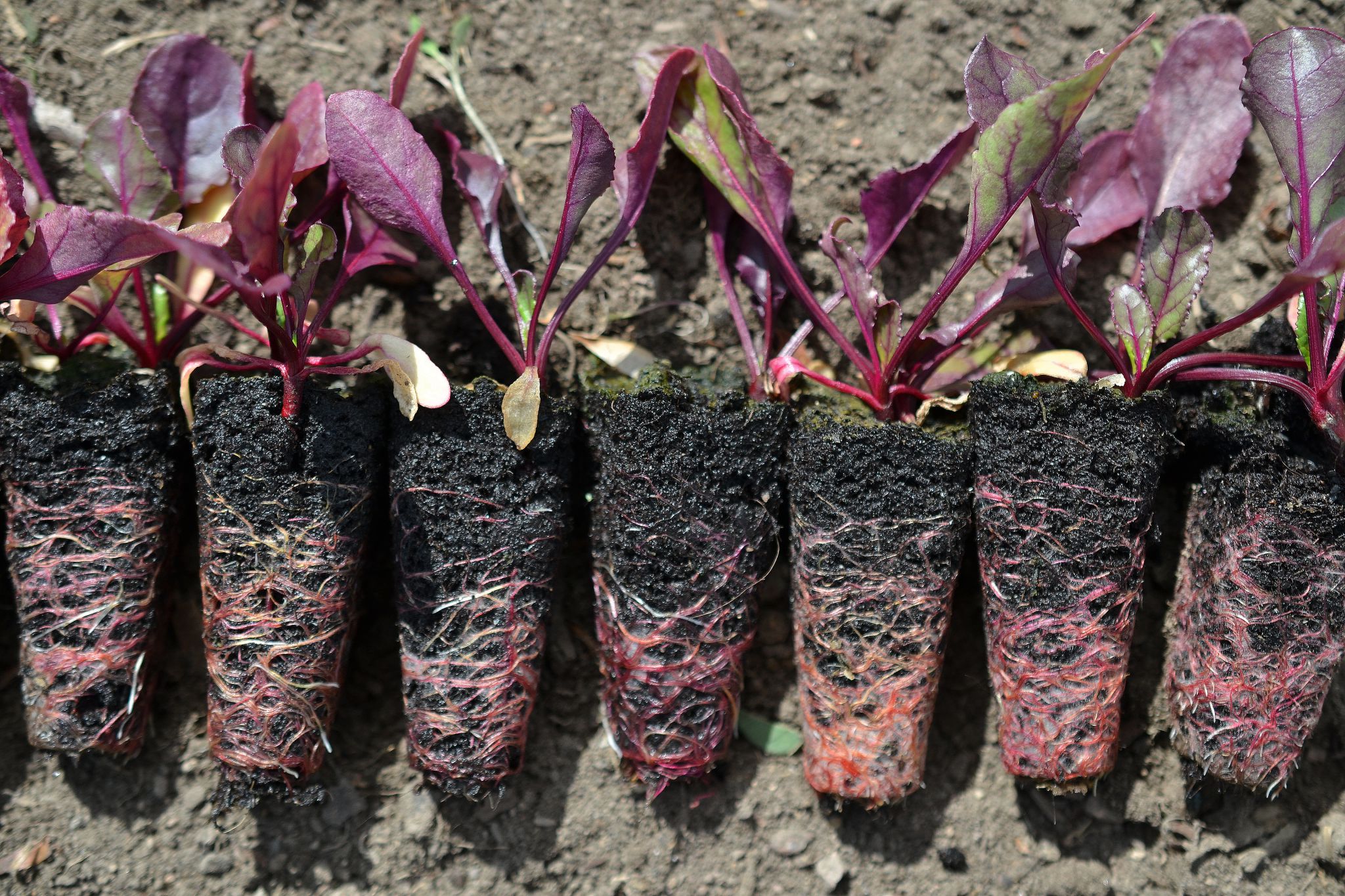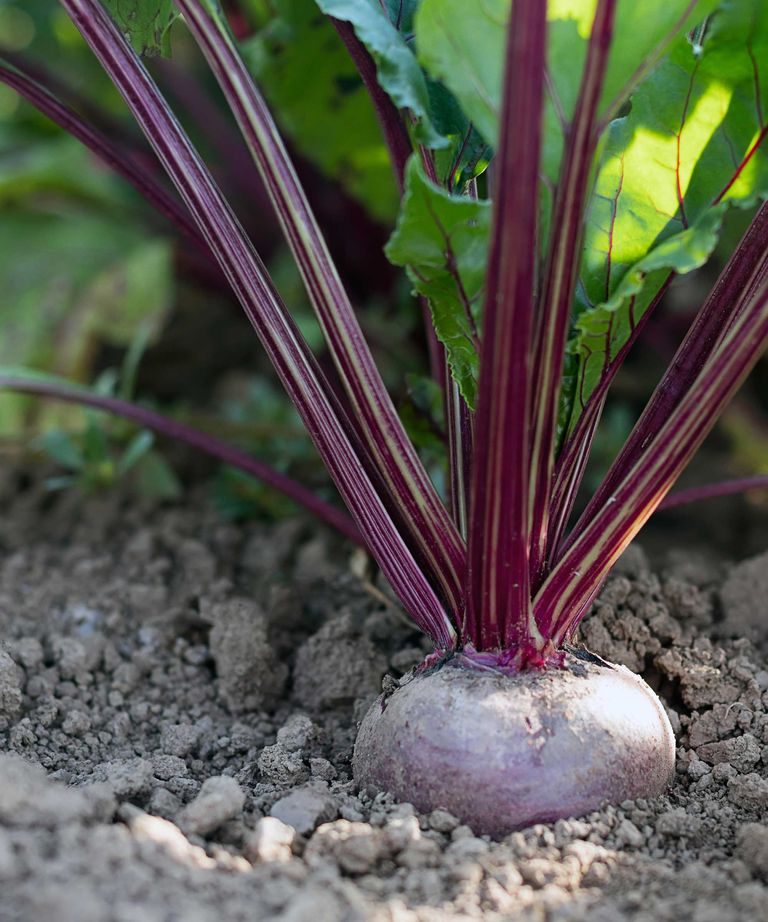Understanding Beetroot Growth Stages
Beetroot, a root vegetable, undergoes a series of growth stages from germination to maturity. Understanding these stages is crucial for a successful harvest, as it allows gardeners to provide optimal growing conditions and identify potential issues early on. The growth stages of beetroot can be broadly categorized into three phases: germination, seedling, and maturity. During the germination phase, which typically lasts around 7-10 days, the seed absorbs water and begins to sprout. The seedling phase, which lasts around 1-2 weeks, is characterized by the development of the first set of leaves. Finally, the maturity phase, which can take around 60-90 days, is marked by the formation of the beetroot itself. By recognizing these stages, gardeners can tailor their care and attention to meet the specific needs of their beetroot crop, ultimately leading to a healthier and more productive harvest. For instance, understanding the germination phase can help gardeners optimize soil temperature and moisture levels, while recognizing the seedling phase can inform decisions around thinning and fertilization. By grasping the intricacies of beetroot growth, gardeners can better answer the question of how long does beetroot take to grow from seed and make informed decisions to support their crop’s development.
Preparing the Soil for Beetroot Seeds
Before sowing beetroot seeds, it’s essential to prepare the soil to provide optimal growing conditions. Beetroot prefers well-draining, loose soil with a pH between 6.5 and 7.5. To achieve this, gardeners can mix in organic matter such as compost or manure to improve soil structure and fertility. Additionally, removing any debris, rocks, or weeds can help prevent competition and ensure healthy growth. When choosing a soil type, gardeners should opt for a mix specifically designed for root vegetables, as these tend to have a higher concentration of nutrients and better drainage. By taking the time to prepare the soil, gardeners can set their beetroot crop up for success and increase the chances of a healthy, productive harvest. This is especially important when considering how long does beetroot take to grow from seed, as a well-prepared soil can significantly impact the growth rate and overall health of the crop.
Sowing Beetroot Seeds: Timing and Techniques
When it comes to sowing beetroot seeds, timing and technique are crucial for a successful harvest. In temperate climates, the ideal time to sow beetroot seeds is in early spring or late summer/early fall, when the weather is cooler and there is ample moisture. Beetroot requires full sun to partial shade, so choose a location that receives at least 6 hours of direct sunlight per day. In terms of technique, gardeners can opt for direct sowing or transplanting. Direct sowing involves sowing the seeds directly into the prepared soil, while transplanting involves starting the seeds indoors and then transferring them to the outdoor soil. Both methods have their advantages, with direct sowing being more convenient and transplanting allowing for greater control over the seedlings. Regardless of the method chosen, it’s essential to sow the seeds at the correct depth (about 1-2 cm) and spacing (about 2-3 cm apart). By understanding the optimal timing and techniques for sowing beetroot seeds, gardeners can set themselves up for success and answer the question of how long does beetroot take to grow from seed with confidence.
How Long Does Beetroot Take to Germinate?
One of the most critical stages of growing beetroot from seed is germination. Understanding how long beetroot takes to germinate is essential for a successful harvest. On average, beetroot seeds take around 7-14 days to germinate, depending on various factors such as soil temperature, moisture, and light. Soil temperature plays a significant role in germination, with optimal temperatures ranging from 10°C to 25°C (50°F to 77°F). Moisture is also crucial, as beetroot seeds require consistent moisture to germinate. Additionally, light can affect germination, with beetroot seeds preferring indirect light during the germination period. By understanding these factors, gardeners can optimize the germination process and set themselves up for success in growing beetroot from seed. This knowledge is especially important when considering how long does beetroot take to grow from seed, as a successful germination is the first step towards a healthy and productive crop.
The Growth Period: From Seedling to Maturity
After germination, beetroot seedlings enter the growth period, which is a critical stage in their development. During this stage, beetroot plants require careful attention to ensure optimal growth and development. The growth period can be divided into several stages, including thinning, watering, and fertilizing. Thinning involves removing weaker seedlings to allow stronger ones to grow, while watering and fertilizing provide the necessary nutrients for healthy growth. Beetroot plants require consistent moisture, especially during the growth period, and fertilizers rich in nitrogen, phosphorus, and potassium can promote healthy leaf and root development. As the plants grow, they may require additional support, such as staking or mulching, to prevent damage from wind or pests. By understanding the growth period and providing the necessary care, gardeners can ensure a healthy and productive crop, which is essential for answering the question of how long does beetroot take to grow from seed. With proper care, beetroot plants can mature in as little as 60 days, providing a bountiful harvest of delicious and nutritious roots.
Factors Affecting Beetroot Growth Rate
Beetroot growth rate is influenced by several factors, including temperature, light, water, and pests. Temperature plays a significant role, with optimal growth occurring between 10°C and 25°C (50°F to 77°F). Temperatures above 25°C can lead to bolting, where the plant prematurely goes to seed, reducing the quality of the harvest. Light is also essential, with beetroot requiring full sun to partial shade. Insufficient light can result in weak and spindly growth. Water is critical, with consistent moisture necessary for healthy growth. Drought can lead to stunted growth, while overwatering can cause root rot. Pests, such as aphids, slugs, and snails, can also impact growth rate, causing damage to leaves and roots. By understanding these factors, gardeners can optimize growing conditions and minimize potential setbacks, ultimately answering the question of how long does beetroot take to grow from seed. By providing the right environment, beetroot can grow rapidly, with some varieties maturing in as little as 50 days. By being aware of these factors, gardeners can take proactive steps to ensure a healthy and productive crop.
Harvesting Beetroot: When and How
Harvesting beetroot at the right time is crucial to ensure maximum yield and quality. Beetroot is ready to harvest when the roots are between 1-3 inches in diameter, usually around 60-90 days after sowing. Signs of readiness include the tops of the plants beginning to yellow and fall over, and the roots feeling firm and heavy when lifted. To harvest, carefully dig around the plants with a fork, being careful not to damage the roots. Lift the roots out of the soil, and trim the leaves to about an inch above the crown. Beetroot can be harvested in the morning, when the soil is usually at its coolest and moistest, to minimize stress on the plants. It’s also essential to harvest beetroot regularly to encourage the plants to continue producing new roots. By understanding when and how to harvest beetroot, gardeners can enjoy a bountiful and delicious crop, and answer the question of how long does beetroot take to grow from seed. With proper harvesting techniques, beetroot can be enjoyed fresh, pickled, or cooked, and can be stored for months to come.
Tips for a Successful Beetroot Crop
To ensure a successful beetroot crop, it’s essential to be aware of common mistakes to avoid and troubleshooting techniques. One common mistake is sowing beetroot seeds too deeply, which can lead to poor germination rates. To avoid this, sow seeds at a depth of about 1-2 cm, and make sure the soil is consistently moist during the germination period. Another mistake is not thinning the seedlings, which can lead to overcrowding and reduced growth. Thin seedlings to about 5-7 cm apart to allow for proper growth and development. Additionally, be on the lookout for pests such as slugs and snails, which can cause significant damage to the crop. Use organic pest control methods, such as copper tape or crushed eggshells, to deter these pests. By being aware of these common mistakes and troubleshooting techniques, gardeners can increase their chances of growing a healthy and productive beetroot crop, and answer the question of how long does beetroot take to grow from seed. With proper care and attention, beetroot can be harvested in as little as 50 days, providing a delicious and nutritious addition to any meal.






